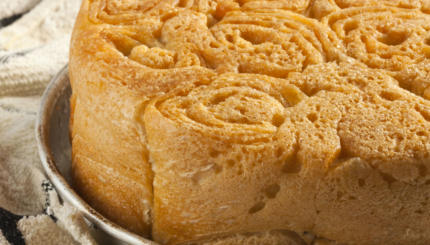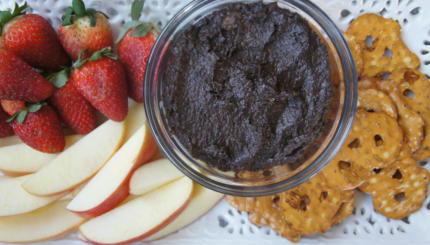Forty percent of food grown in the United States gets wasted. It is left in the fields, doesn’t make it to grocery stores, sits forgotten in our refrigerators, or is pushed to the side of our plates. According to a study by the University of Arizona, in 2004 the average family of four wastes $600 of food every single year–and that was 2004. Where does all of this food end up? Landfills, mostly.
With the arrival of warmer weather, we are embarking on a season that gives us more opportunities to waste food, but also more opportunities to do something about it. With higher temperatures, our bodies are more inclined to crave water-rich produce that will cool our bodies internally, like cucumbers, tomatoes, and lettuce. These cravings will cause us to go to the grocery store or farmers market, buy everything that looks good and take it home, at which point we might get lazy and decide it’s a great night to go out to dinner and the once crisp veggies will start wilting.
Avoiding waste of any kind is a Jewish value, known as bal tashchit, and there are a lot of ways we can easily incorporate these waste-avoiding, and money-saving, techniques into our lifestyles. The most obvious is planning. Take time to think about your week–when you will be able to cook and eat at home or take food with you. Shop accordingly and with a list. Since I am never quite sure what produce will look good before I shop, I usually like to write down the number of times I’m going to need a vegetable in the coming week to give me some flexibility on what I buy.
Storing your food appropriately is a crucial step in minimizing waste. Part of this is about organization and part of it is technique. Always make sure the older food is in eyesight, both in the fridge and in your cabinets. Food52 put out two guides, here and here, to tell you where everything should go to make it last. My favorite–put your fresh herbs in a cup or mason jar with water and loosely cover with a plastic bag. I did this with my cilantro recently–it stayed fresh for two and a half weeks!
The Nosher celebrates the traditions and recipes that have brought Jews together for centuries. Donate today to keep The Nosher's stories and recipes accessible to all.
Next step: when cooking–save your scraps! Well, some of them. Some scraps and bits, like carrot peels and broccoli stalks, are great for stir fry or making stock. Toss them into a bag and freeze them until you are ready to re-purpose them. Of course, some scraps can’t be eaten, like onion peels and egg shells, but they are great fodder for compost. Find a community garden (which is also a Jewish concept) that wants your scraps. I’ve started taking mine to The Gan Project here in Chicago, which helps me cut back on waste and painlessly contribute to a cause I believe in.
And then, when you’ve sat down, eaten your meal, and realized you cooked for an army–use your leftovers! Take them to work for lunch or turn them into something completely different. The Big Oven is an incredible tool that allows you to plug in your leftovers and then gives you ideas on what to do with them.


